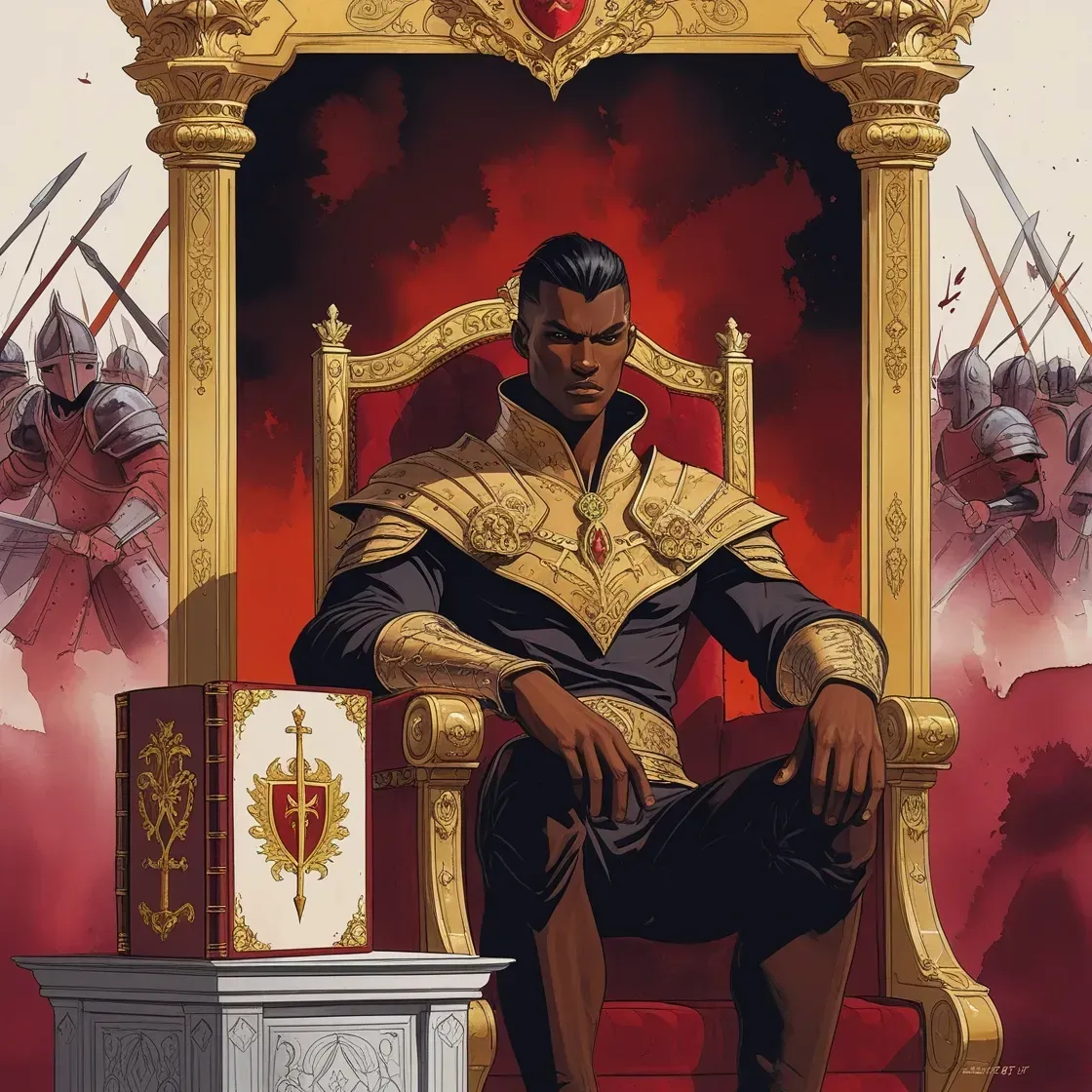Transitioning from the Warrior to the Ruler Archetype
The journey from the warrior archetype to the ruler archetype represents a profound transformation in consciousness, values, and purpose. This transition is not merely a change in role but an evolution of being, involving spiritual, intellectual, and practical shifts. Below, we explore the key principles and practices that define this transformation.
1. Understanding the Warrior Archetype
The warrior archetype embodies courage, discipline, and focus. Warriors are task-oriented, driven by goals and a desire to overcome challenges. While these traits are invaluable, they often limit the warrior’s scope to direct action and personal victory. To evolve, the warrior must transcend these confines and embrace a broader perspective.
In myth and tradition, warriors are frequently depicted as protectors and enforcers, but their journey is incomplete until they assume responsibility for governance and guidance.
2. The Ruler Archetype: A Warrior Cubed
The ruler archetype integrates the warrior’s discipline with the wisdom of a farmer and the strategic insight of a merchant. This synthesis creates an individual capable of understanding complex systems and making decisions that benefit the collective. The ruler’s focus shifts from personal triumph to the stewardship of people and resources.
In this role, the ruler operates as a conduit for higher forces, embodying both the earth’s will and divine purpose. This responsibility requires the ruler to transcend dependence on external validation, such as elections or public opinion.
3. Shifting Mindsets
Transitioning to the ruler archetype demands profound shifts in thinking. Key mindset changes include:
- Independence from External Validation: Rulers are chosen by the divine and the earth, not by human approval. They act with integrity, guided by moral principles rather than popularity.
- Embracing Paradoxes: Rulers learn to balance seemingly opposing forces—strength and compassion, action and reflection. This ability is reflected in myths where heroes solve impossible riddles, symbolizing the transcendence of duality.
- Mastering Detachment: True rulers act decisively without attachment to outcomes, maintaining focus on higher objectives.
4. The Tests of Transition
Many myths depict tests designed to challenge aspiring rulers. These tests often require candidates to solve riddles or perform tasks that defy logic, symbolizing the necessity of innovative thinking and spiritual maturity. Examples include:
- Appearing "neither dressed nor undressed," reflecting the ability to navigate ambiguity.
- Choosing a third path when faced with binary options, demonstrating creative problem-solving.
These trials teach individuals to integrate complexity and find harmony in contradiction, essential traits for effective leadership.
5. Practical Actions to Embody the Ruler
To transition from warrior to ruler, individuals must adopt practices that foster growth and alignment with the ruler archetype:
- Expand Knowledge: Study governance, philosophy, and spiritual teachings to cultivate a comprehensive understanding of leadership.
- Serve the Collective: Prioritize actions that benefit the community over personal ambition.
- Engage in Reflection: Regularly assess motivations and align them with higher values.
- Foster Detachment: Practice making decisions based on principles rather than emotional impulses or fear of judgment.
6. The Role of Spiritual Guidance
In ancient traditions, rulers are depicted as intermediaries between the divine and the earthly realms. They are not merely administrators but spiritual leaders who align their actions with cosmic laws. This connection is cultivated through rituals, meditation, and alignment with elemental forces.
For modern practitioners, spiritual development remains a cornerstone of this transformation, providing the clarity and strength needed to lead with wisdom.
7. Balancing Morality and Pragmatism
Rulers must reconcile high moral standards with the pragmatism required for governance. This balance ensures they remain principled while navigating complex societal dynamics. Moral integrity is not compromised; rather, it becomes a guiding light for practical action.
Learning to "be capable of everything and attached to nothing" epitomizes the ruler’s approach to leadership.
Conclusion
The transition from the warrior to the ruler archetype is a journey of self-mastery, intellectual growth, and spiritual awakening. By integrating discipline, wisdom, and compassion, individuals can embody the ruler’s role, serving as stewards of humanity and conduits of higher purpose. This transformation not only elevates the individual but also inspires and uplifts the communities they lead.




